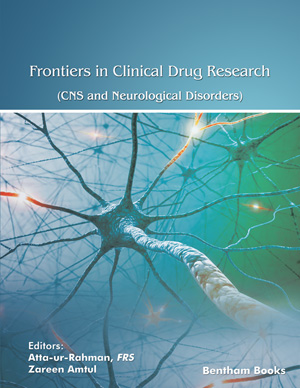Abstract
Essential tremor (ET) is one of the most prevalent neurological disorders worldwide. ET presents mainly with kinetic and action tremor in upper limbs. Tremor may also affect the head and some patients develop an ataxic gait, as well as cognitive/affective symptoms. ET significantly impacts the quality of life. There is accumulating evidence that ET is a slowly progressive neurodegenerative disease, driven by both genetic and environmental (possibly dietary) factors. Both the olivocerebellar pathways and the cerebellar cortex are critically involved, with particular impairments in the morphology of the Purkinje neurons (Purkinjopathy) as well as the surrounding micro-circuitry. Dysfunctional cerebello-thalamo-cortical loops probably result in bursts of tremor. So far, only few symptomatic medications are available, including beta-blockers, primidone and drugs aiming to modulate GABAergic transmission such as topiramate or gabapentine. Surgery (deep brain stimulation, thalamotomy) is proposed to refractory cases but carries the risk of infection, bleeding in the brain and several technical issues related to the mispositioning of electrodes. MRI-guided focused ultrasound is a promising technique, but long-term follow-up is missing. Repetitive transcranial magnetic stimulation (rTMS) and transcranial direct current stimulation (tDCS) are encouraging non-invasive techniques but no consensus on optimal protocols has been reached so far. It is remarkable to observe that none of the available therapies targets the neurodegenerative process affecting in particular the cerebellum, the masterpiece of progression of the disease. This chapter focuses on the pathogenesis of ET and discusses possible novel avenues for therapy and prevention. In particular, the impact of environmental toxins such as beta-carboline alkaloids (βCAs), possibly generated from Maillard-type reaction products, is discussed. Animal models of ET, toxicokinetics and neurotoxic effects of βCAs are presented, with an emphasis on the neuroprotective pathways that are candidates to block the neurodegenerative process. Moreover, we consider a group of enzymes that could be neuroprotective, especially GAD65 and GAD67, involved in GABA synthesis/neurotransmission, and MAOA/MAOB. Finally, we emphasize the potential interest of dietary phytochemicals (such as phenolic acids, catechins, flavonoids, anthocyans, stilbenoids, curcuminoids) and herbal therapies (based i.e. on Bacopa monnieri, Ginkgo biloba) as neuroprotective approaches to hamper the neurodegenerative process in ET.
Keywords: β-Carboline Alkaloids, Chemoprevention, CNS Disorder, Deep Brain Stimulation of the Thalamus, Essential Tremor (ET), ET Pharmacotherapy, ET Animal Model, (GABA)ergic Dysfunction, Gamma Knife Surgery (GK), Harmane, Harmaline, Maillard Reaction, Neuroprotection, Neurodegenerative, Neurotoxicity, Purkinje Neurons, Repetitive Transcranial Magnetic Stimulation (rTMS), Thalamotomy.






















